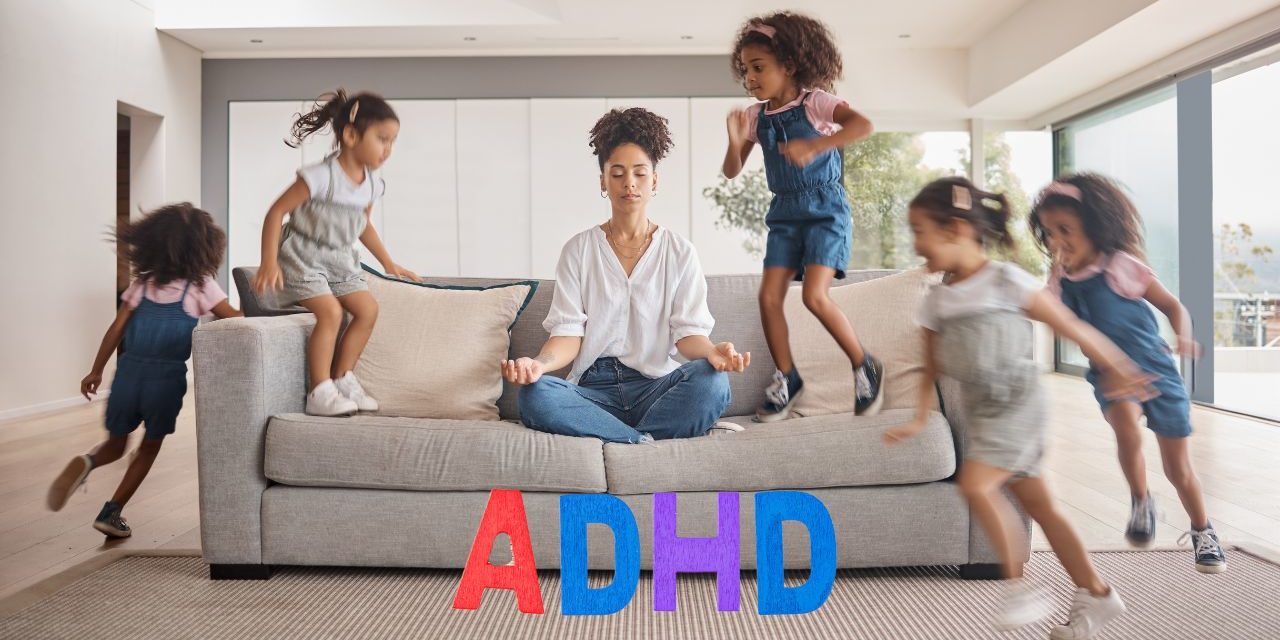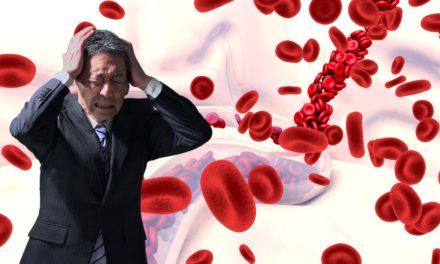Introduction
Hyperactivity in children, often associated with attention deficit hyperactivity disorder (ADHD), is a common behavioral and developmental concern that affects many young individuals. Children with hyperactivity may display excessive levels of restlessness, impulsivity, and inattentiveness, which can impact their academic performance, social interactions, and overall well-being. In this article, we will provide a comprehensive overview of hyperactivity in children, including its potential causes, symptoms, impact on daily life, and available treatment approaches. By fostering awareness and understanding, we aim to support parents, caregivers, and educators in effectively managing hyperactivity in children and facilitating their healthy development.
Understanding Hyperactivity in Children
Hyperactivity is a behavioral pattern characterized by excessive motor activity, impulsive behavior, and difficulty in sustaining attention. While some degree of hyperactivity is normal in children, persistent and impairing hyperactivity may indicate the presence of ADHD or other developmental challenges.
Potential Causes of Hyperactivity in Children
- ADHD: ADHD is a neurodevelopmental disorder that can cause hyperactivity, impulsivity, and inattention.
- Environmental Factors: Factors like excessive screen time, exposure to lead or toxins, or prenatal exposure to substances can contribute to hyperactivity.
- Family History: Genetics can play a role in the development of hyperactivity in some children.
- Learning Disabilities: Some children with learning disabilities may demonstrate hyperactive behaviors as a coping mechanism.
Recognizing Symptoms of Hyperactivity
Symptoms of hyperactivity in children may include:
- Constant fidgeting or restlessness
- Difficulty staying seated or remaining still
- Excessive talking and interrupting others
- Impulsive decision-making and acting without thinking
- Frequent forgetfulness and difficulty in organizing tasks
Impact on Daily Life
Hyperactivity can significantly impact a child’s life, leading to academic challenges, strained relationships with peers and family members, and potential negative self-esteem.
Seeking Professional Evaluation
If a child consistently exhibits hyperactive behaviors that interfere with their daily functioning, it is essential to seek a comprehensive evaluation from a qualified healthcare professional or child psychologist. A proper diagnosis can help guide appropriate management strategies.
Treatment Approaches for Hyperactivity
- Behavioral Therapy: Behavioral therapy, such as applied behavior analysis (ABA), can help children learn new skills and manage hyperactive behaviors.
- Parent Training and Support: Parent education and support can equip caregivers with effective strategies for managing hyperactivity.
- Classroom Accommodations: Teachers can implement classroom accommodations and modifications to support children with hyperactivity.
- Medication: In some cases, healthcare professionals may recommend ADHD medication to manage symptoms. These medications can be an effective part of a comprehensive treatment plan.
Creating a Supportive Environment
Creating a supportive and structured environment can greatly benefit children with hyperactivity. Consistent routines, clear expectations, and positive reinforcement can help manage hyperactive behaviors and improve overall functioning.
Result
Hyperactivity in children, often associated with ADHD, can pose challenges to both the child and their caregivers. By recognizing the potential causes, symptoms, and available treatment approaches, parents, educators, and healthcare professionals can effectively support children with hyperactivity. Early intervention, behavioral therapy, and creating a supportive environment are essential components of a comprehensive treatment plan. Together, let us prioritize awareness and understanding of hyperactivity in children, ensuring that every child receives the necessary support and guidance to thrive and reach their full potential.










